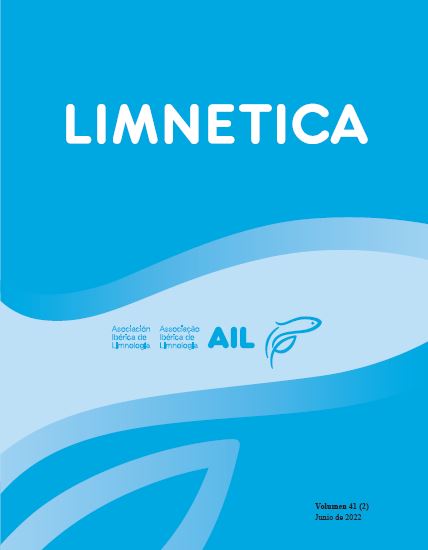Multiple-stressors effects on Iberian freshwaters: A review of current knowledge and future research priorities
Resumen
Freshwater ecosystems are exposed to an increasing number of stressors, challenging their biomonitoring and management. Despite recent advances in multiple-stressor research, regional-scale assessments in areas with high freshwater biodiversity and increasing anthropogenic pressure are urgently needed. We reviewed 61 studies focused on freshwater individuals, populations and communities from the Iberian Peninsula to (i) quantify the frequency of experimental approaches used (manipulative, observational), aquatic systems, biological organization levels, and types of organisms and modelled responses, (ii) identify key individual stressors and the frequency of significant positive (increase in response magnitude) and negative (decrease) effects and (iii) determine types of interacting stressors and the frequency of their combined effects. Our dataset comprised 409 unique responses to 13 types of individual stressors, 34 stressor pairs and 12 high-order interactions (3- and 4-way). We found a higher prevalence of manipulative (85 %) respect to observational studies, and a greater focus on lotic systems (59 %) and heterotrophic organisms (58 %). The most studied stressors were nutrient (Nutr), thermal (Therm), hydrologic (Hydr), ultraviolet radiation (UVR), toxic (Toxic) and salinity (Sal) stress and land-use pressure. Individual stressors showed a higher proportion of negative (34 %) than positive effects (26 %). Nutr × UVR, Toxic × Toxic, Therm × Toxic, Hydr × Toxic, Sal × Therm, and Nutr × Therm were the most studied stressor pairs. Non-interactive (50 %) and interactive responses (50 %) were balanced. Antagonistic effects (18 %) were slightly more common than synergisms (15 %), reversal or opposing (13 %) and high-order interactions (4 %). Such proportions varied within experimental approaches, biological organization levels and organism types. Our findings are helpful to manage certain stressor combinations in Iberian freshwaters. Further efforts in Iberian multiple-stressor research should be directed to (i) intensify the study of lentic systems, (ii) explore more observational data, (iii) autotrophic organisms and (vi) biodiversity-ecosystem functioning responses, and (v) cover a wider range of stressors and (vi) more complex interacting stressor scenarios.
Descargas
Archivos adicionales
Publicado
Número
Sección
Licencia
Los autores que publican en esta revista están de acuerdo con los siguientes términos:
- Limnetica está bajo una licencia de Creative Commons Atribución-NoComercial 4.0 Internacional.
b. Los autores pueden establecer por separado acuerdos adicionales para la distribución no exclusiva de la versión de la obra publicada en la revista (por ejemplo, situarlo en un repositorio institucional o publicarlo en un libro), con un reconocimiento de su publicación inicial en esta revista.
c. Se permite y se anima a los autores a difundir sus trabajos electrónicamente (por ejemplo, en repositorios institucionales o en su propio sitio web) antes y durante el proceso de envío, ya que puede dar lugar a intercambios productivos, así como a una citación más temprana y mayor de los trabajos publicados (Véase The Effect of Open Access) (en inglés).


